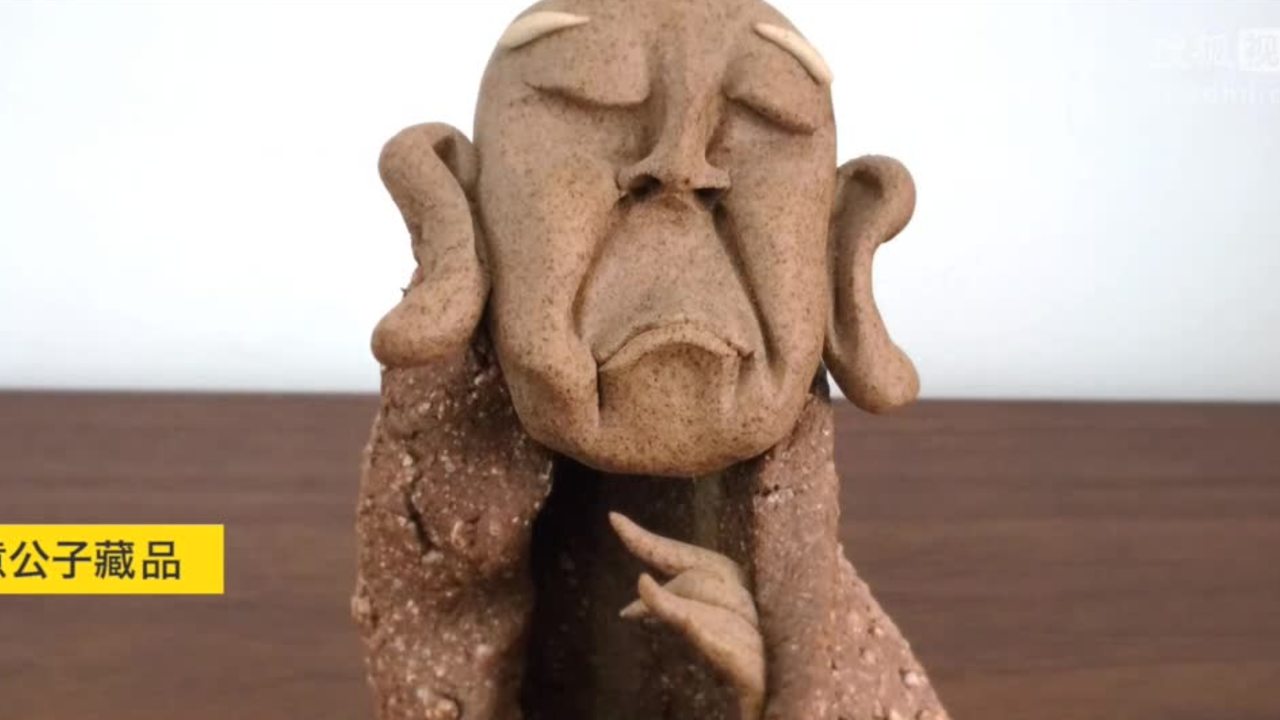
Chinese art, the painting, calligraphy, architecture, pottery, sculpture, bronzes, jade carving, and other decorative art forms produced in China over the centuries.
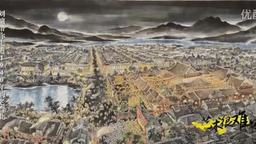
In this episode of "Art Is So Easy," we meet artist Liu Yong and his eight-foot painting "Lantern Festival at Longshan Temple."
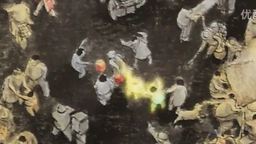
Liu Yong further explains the intricacies of his painting, "Lantern Festival at Longshan Temple."
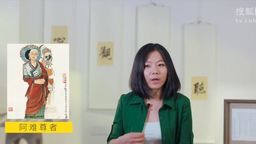
Siddhārtha Gautama's student, the "Most Venerable Ānanda," came up with the first batch of Buddhist scriptures.
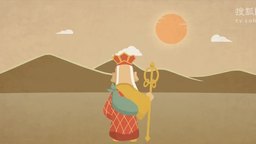
Among the different versions of the "Heart Sutra," by far the most popular one is the version by Xuan Zang.
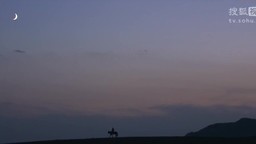
In contrast to what was portrayed in the "Journey to the West," Master Xuan Zang's journey was, in fact, long and lonely.

The "Heart Sutra" is written in ancient language and contains passages that are difficult for the average reader to understand.

Which emperor could possibly restrain the "Eastern Heretic," Huang Yaoshi and "Western Venom," Ouyang Feng, as well as a host of other strange-looking fellows from the same era?

The complexity underlying the simplicity of Song Huizong's art is especially evident in the Ru porcelain of his time.
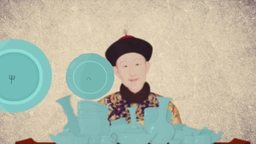
We may not be able to live as extravagantly as the emperors before us, but we can still afford to live life with a bit of elegance.
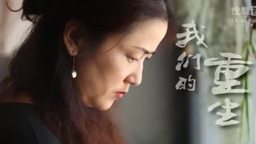
Art comes in different forms, shapes, sizes and mediums. In this case, driftwood becomes a beautiful form of art.
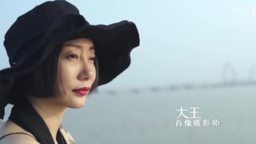
In the eye of one photographer, everyone should have a self-portrait, which could portray a colorful stage in his or her life or his or her life as a whole.
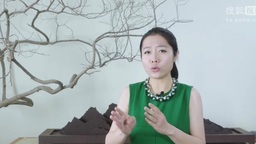
Poetry is a great example of the reserved and cryptic manner in which many Chinese people tend to express themselves.

Yuan Zheng was a well-known poet during the Tang Dynasty. His most famous poem is the mourning poem he wrote for his wife.
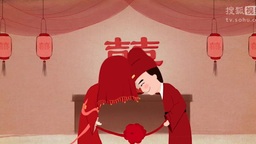
Despite the fact that Yuan Zhen had many women in his life, he only wrote a mourning poem for his first wife, Wei Cong.
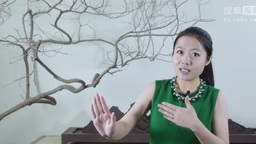
While the Chinese use many different ways to express the same feelings, they say things out loud in a straightforward way.
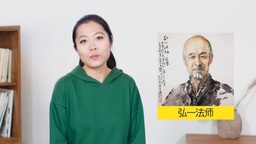
Hong Yi was a master painter, musician, dramatist, calligrapher, seal cutter, poet, and Buddhist monk. His calligraphy version of the "Xin Jing" is greatly beloved by all.
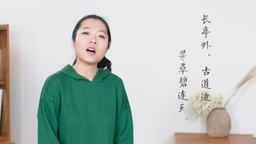
"Farewell" or "Songbie" was composed by Master Hong Yi. This song reflects the vicissitudes of Master Hong Yi's life. More importantly it talks about parting, something Master Hong Yi has experienced numerous times through out his days.
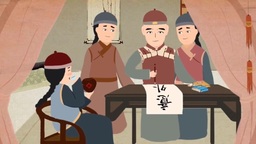
Master Hong Yi grew up in a wealthy and prosperous family. He had everything he could possibly need. Why would he ever want to leave?

In our lives we experience pain and sorrow, Master Hong Yi is no different. One of the most painful experiences he went through was loosing his mother.
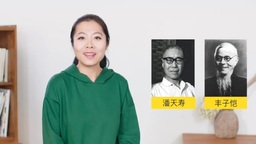
When he was in Japan Master Hong Yi came in touch with Western art, which lead him to start his magazine. It was through magazines that he first heard of fasting.

Through fasting Master Hong Yi began to adjust his lifestyle and mindset to fit that of a monk. Afterwards he shaved his head and formally became a monk.
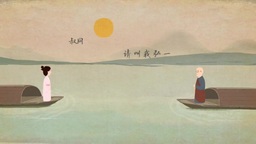
When Master Hong Yi left to become a monk everyone was shocked. Even his wife and kids didn't understand.
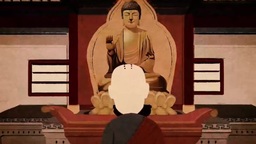
The transitions in Master Hong Yi's life happened naturally and are connected to his growth as an individual. Some wonder whether or not in his decision to become a monk he abandoned this world.
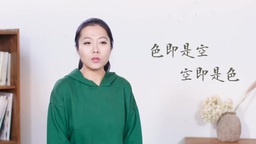
After becoming a monk Master Hong Yi deepened his study of Buddhism. The Buddhism value, love is compassion, became a part of his doctrine.
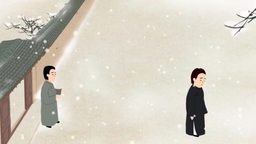
We are constantly saying goodbye to our friends, to our family, to our past selves. Master Hong Yi is no different. These goodbyes became an inspiration for his song, "Farewell".
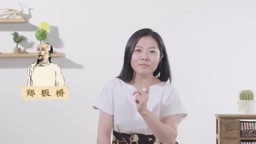
This video explains the arduous process that Zheng Banqiao had to go through to become a county level official.
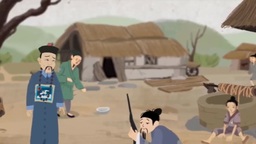
Zheng Banqiao faces the reality that becoming an official wasn't at all what he expected. His colleagues don't consider the plight of the people the way he does, and upon being ousted from officialdom, he criticizes his former colleagues.
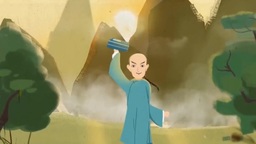
Our Hostess shows that Zheng Biaoyan, although toughened by years of working as an official, was still that innocent young man with a strong sense of justice underneath. He came to reveal his true nature through his artwork.

Our hostess gives us an analysis of Zheng Banqiao's paintings. Bamboo come to represent Zheng Banqiao as a man of virtue.
Are you sure you want to delete this comment? You will not be able to recover it.